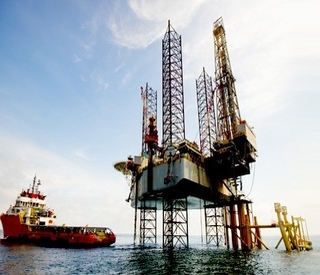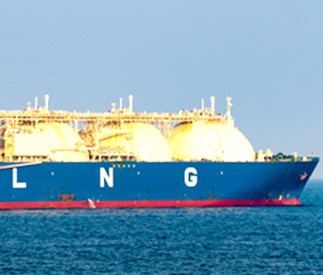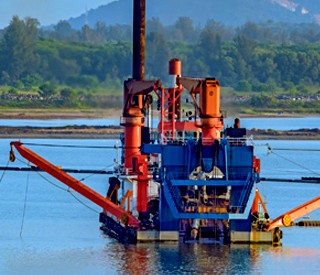Vedam Design hosted a webinar focused on the ‘Approach to Design and Installation of WAPS, AMP, and OCCS’. The event delved into these technologies and their implementation across various vessel types. It explored the design and installation process, highlighting the importance of integrating stakeholders and optimising project timelines and costs as well.
The webinar began with an overview of existing and upcoming international regulations, emphasising the challenges faced by the current fleet and the associated compliance costs. A primary focus was on retrofit options for existing ships, given their urgent need for solutions to maintain compliance and reduce emissions.
Mr. Pankaj Mishra (General Manager, Wärtsilä) introduced Anemoi Rotor Sails as a potential solution. His presentation covered Rotor Sail design and installation, showcasing their potential for significant emission reduction and fuel savings. The ability of Rotor Sails to maintain CII compliance without reducing contractual speeds was emphasised. Mr. Mishra explained the technology’s core principles, backed by real-world data demonstrating its thrust generation capabilities. The rotors’ performance in various conditions and their optimal positioning were also discussed. A case study highlighted a vessel’s successful operation with WAPS in over 100 ports across 30 countries.
Mr. Dimitris Tsoulos (Sales Manager, Blue Connect Solution at Erma First) explored the installation of Alternative Marine Power (AMP) on different vessel types. He discussed the IEC, ISO, and IEEC guidelines developed for AMP, emphasising the need for tailored solutions based on vessel specifics. Cable management for container vessels and equipment details were presented, along with safety considerations and the importance of post-installation support.
Dr. Dimitris Koutsaftis (Senior Scientific Consultant at Erma First) presented Onboard Carbon Capture and Storage (OCCS), focusing on absorption technology. He explained the process, including carbon capture, reliquefication, and storage options, along with associated energy consumption. A techno-economic analysis and equipment layout were presented, highlighting the system’s modular design and low footprint.
Mr. Ankit Ghosh, Senior Manager of Decarbonisation and Engineering Analysis at Vedam Design, transformed the conversation from technology to execution. He underscored Vedam's pivotal role as the orchestrator, bringing together diverse stakeholders emphasising Vedam’s deep-dive approach, moving beyond conceptualisation to seamlessly integrate technology into vessel operations.
Vedam's engineering prowess was showcased as he explained how the design process aligns with class requirements while optimizing for performance and safety. The ability to visualize and refine designs in a 3D environment, coupled with meticulous bill of materials creation, ensures precision and efficiency. He highlighted Vedam's strategic advantage: meticulous pre-planning, expert supervision, and centralised project management. This streamlined approach translates to faster turnaround times and significant cost savings. He underscored Vedam's extensive experience, from inception to delivery, positioning them as the ideal partner for complex projects.
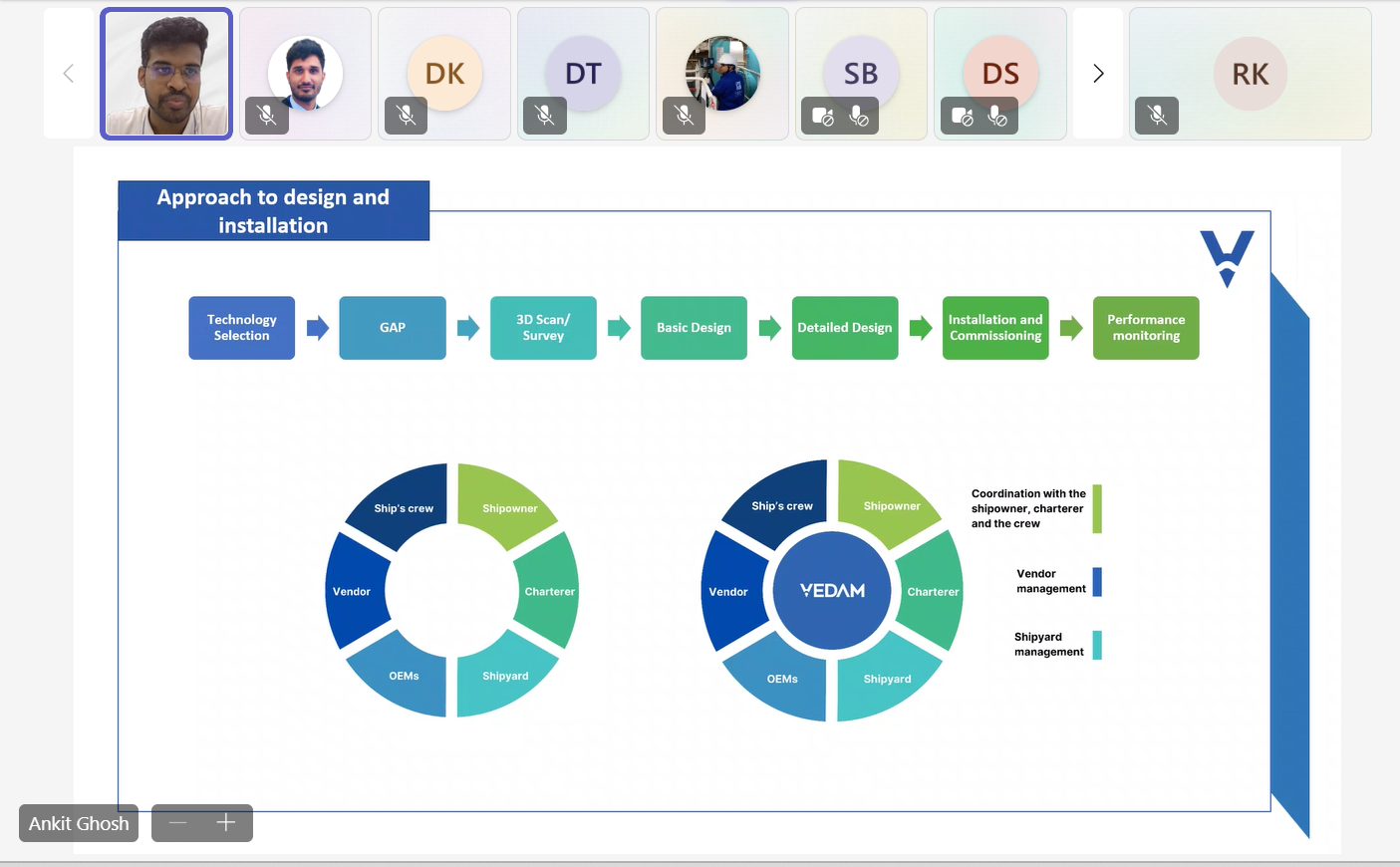
The webinar provided a comprehensive overview of WAPS, AMP, and OCCS technologies, including design, installation, and operational considerations. It underscored the complex nature of ship modifications and the importance of collaborative efforts among stakeholders. Vedam Design’s expertise, coupled with a deep understanding of maritime regulations and technological advancements, positions Vedam Design as the preferred choice for ship owners and operators seeking to decarbonise their fleets.
Here are some of our learnings from the Q and A section in the webinar:
-
Q: Rotor sail technology does not seem to be compatible for all ship types. Or I'm missing something?
A: Main criteria for the Rotor Sails is the availability of deck space. Some LNGCs could fit a rotor sail for example. Cruise vessels cannot, for container vessels the loss of container capacity needs to be evaluated. Most of the offshore vessels operate at much lower speeds with usually a lot of DP operations and favourable for Rotor Sails. Tankers and bulkers of course have been covered. - Q: Could you elaborate on specific operational and practical implications for the rotor for a vessel having high Ice Class (e.g. 1A)?
A: The Ice class notation does not impact the practical implications. However, the Rotor Sails has an operational limit to the minimum temperature. The Rotor sails can be operated at -10 degrees up until 45 degrees Celsius.
- Q: Is AMP suitable for superyachts?
A: Absolutely. Assuming that the power requirements of a SY are <1MVA, the installation shall follow LV standard (IEC80005-3) at 440V or 690V shore power. Happy to elaborate further as needed.
- Q: What is the state of CO2 + amine before going into the heat exchanger and liquefication plant?
A: The mix is in the liquid state, after separation CO2 is liquefied and stored.
If you missed the webinar, here’s a link to the recording: MicrosoftTeams-video.mp4

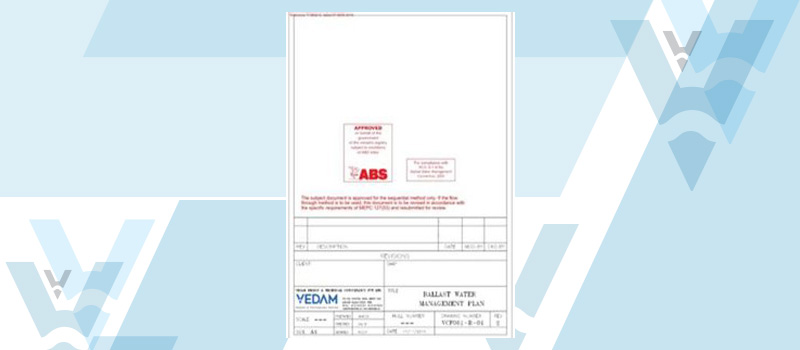
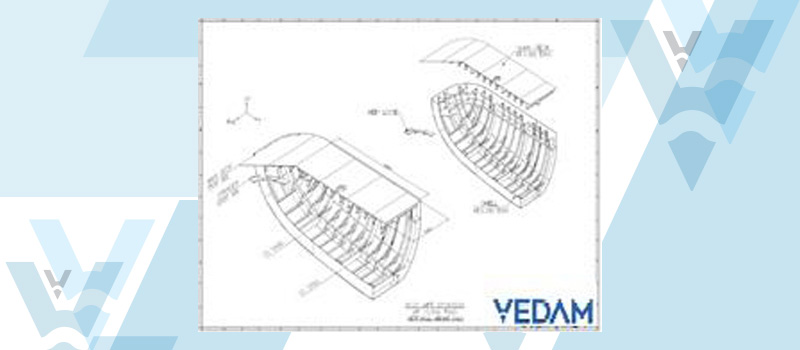
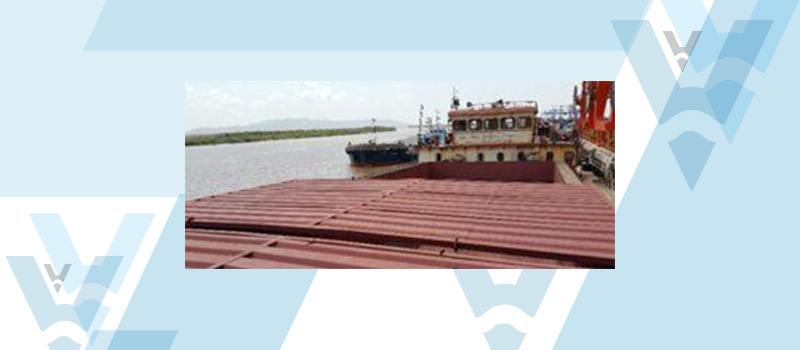
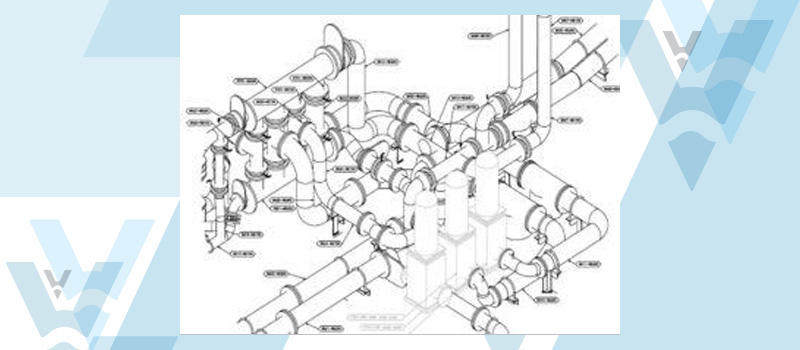
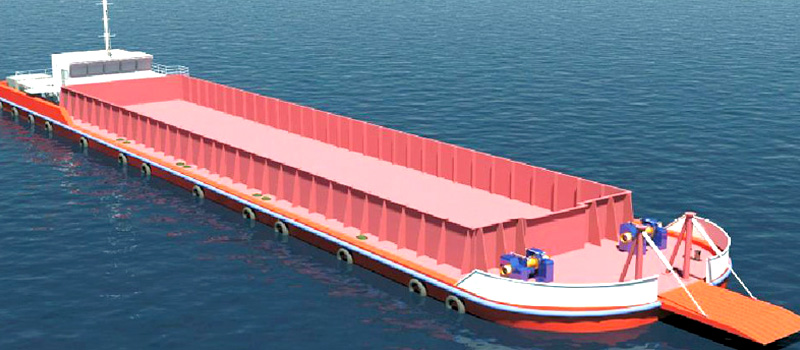
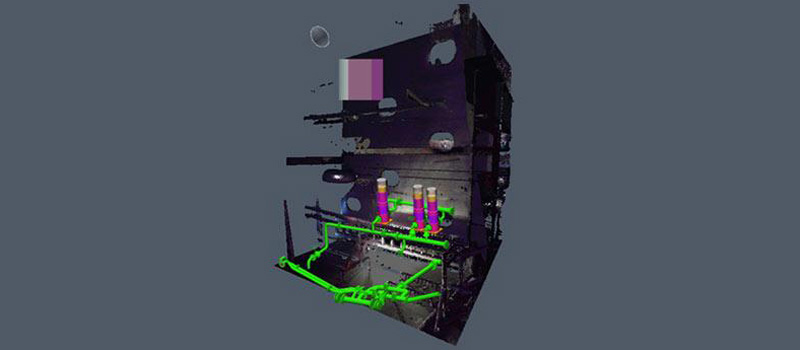
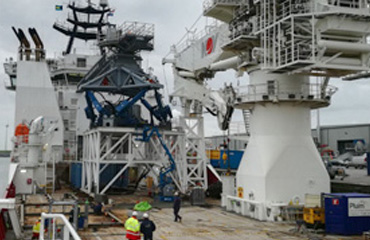
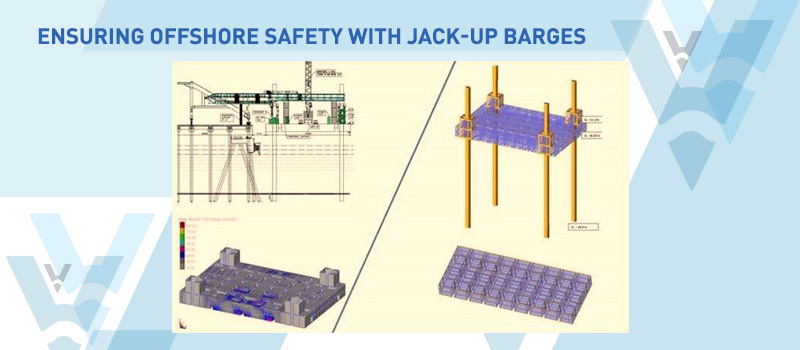
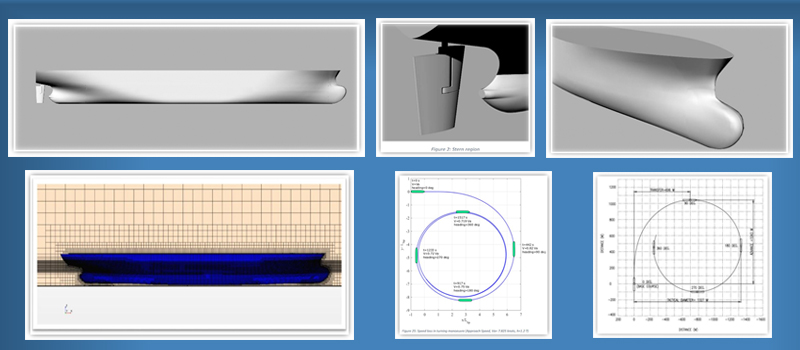
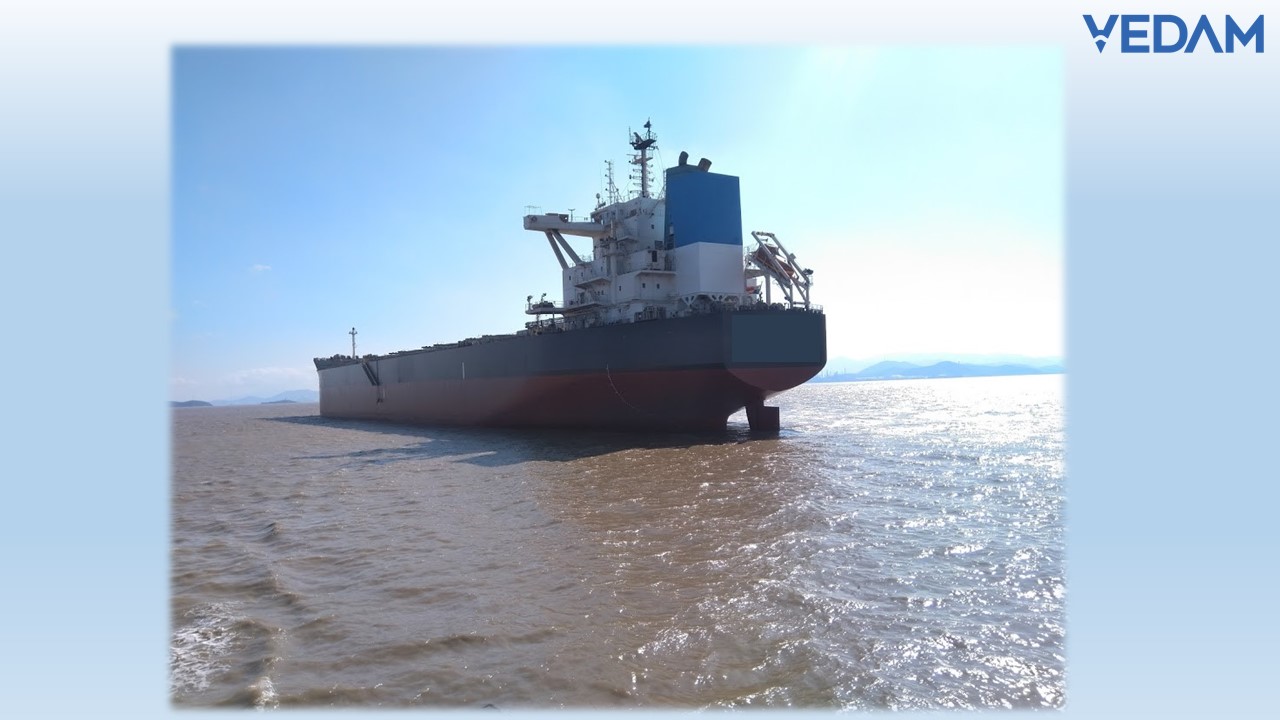
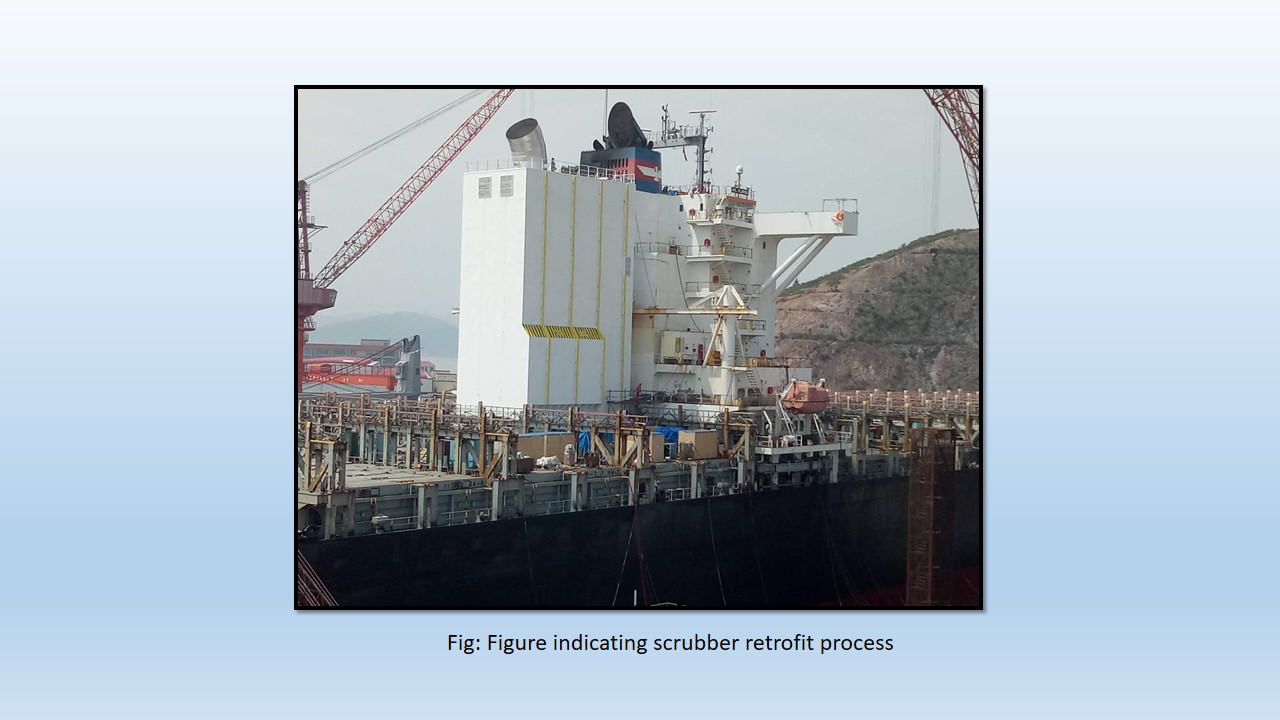
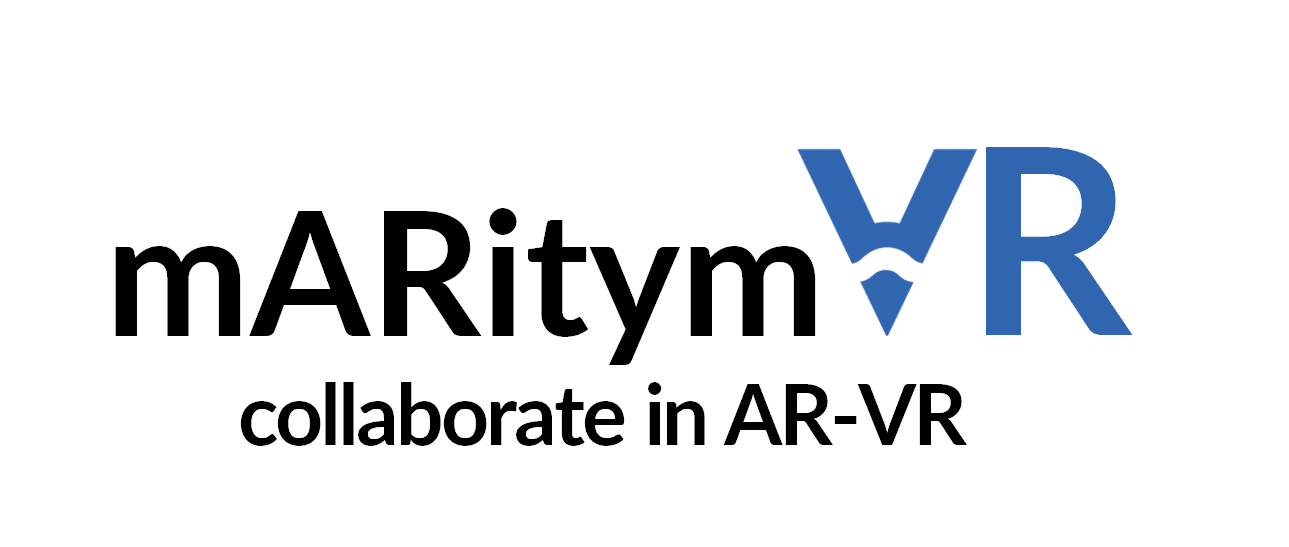
.png)
.png)
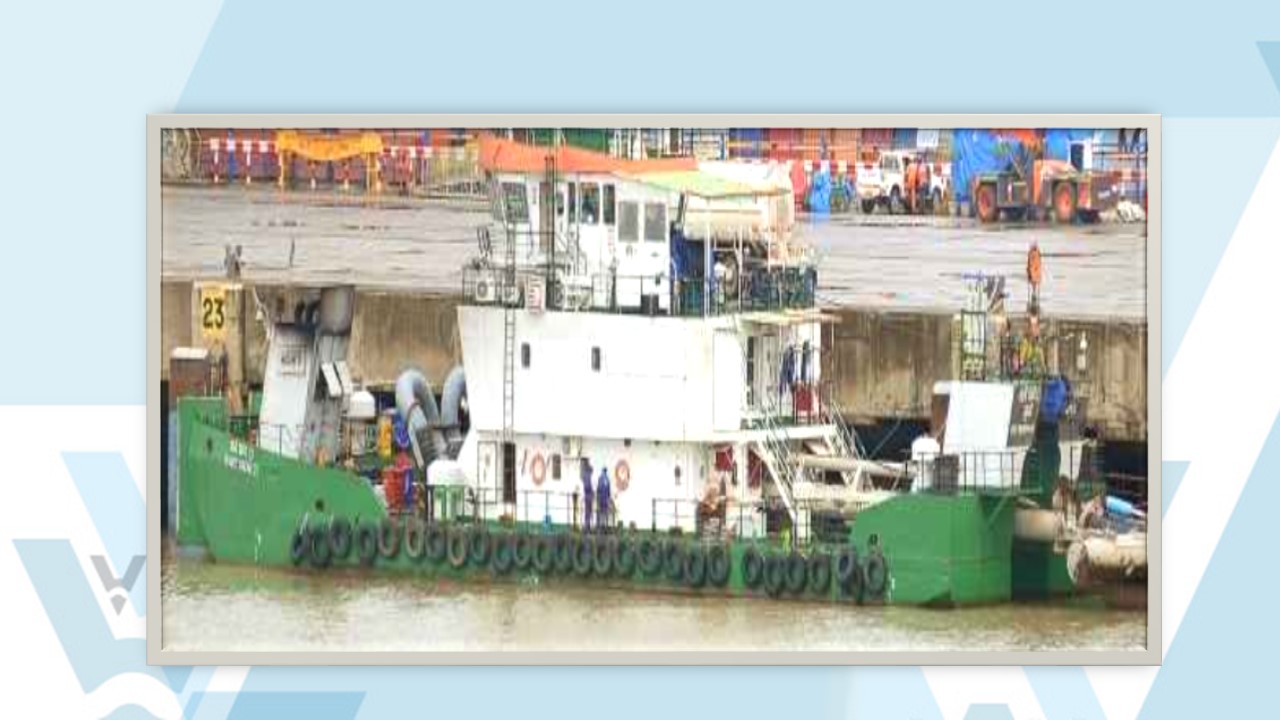
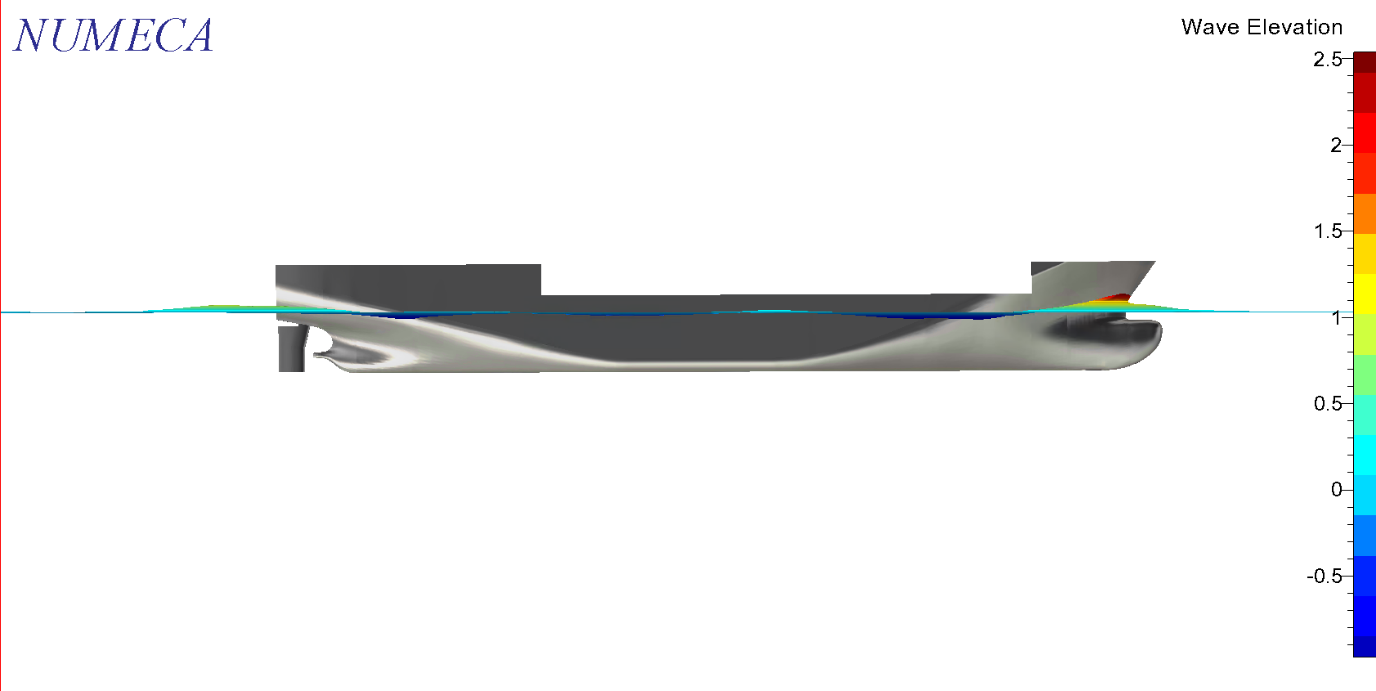


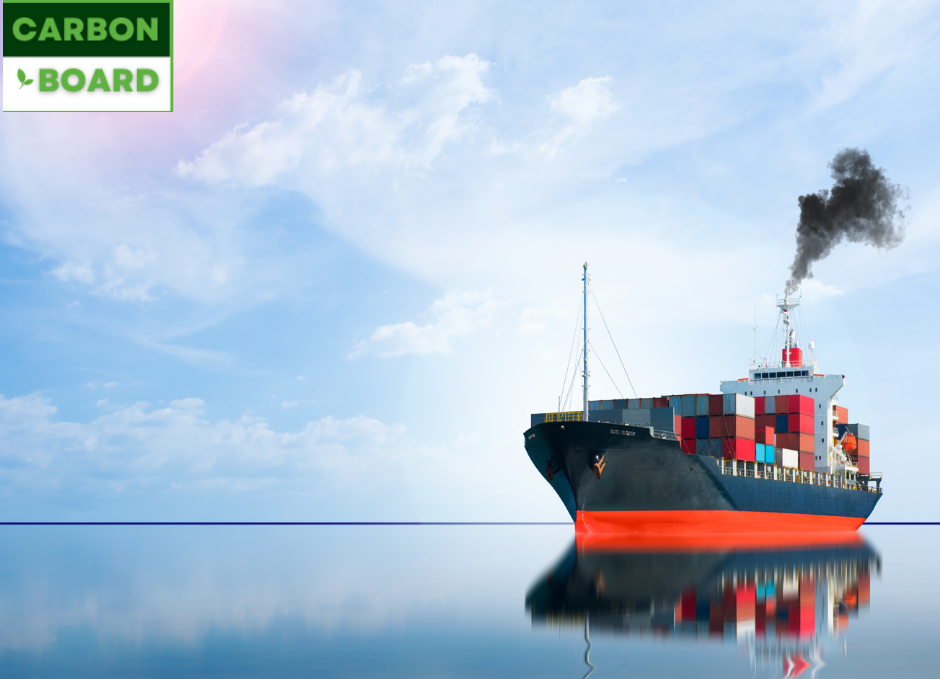


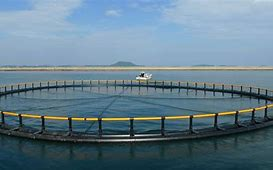
.png)
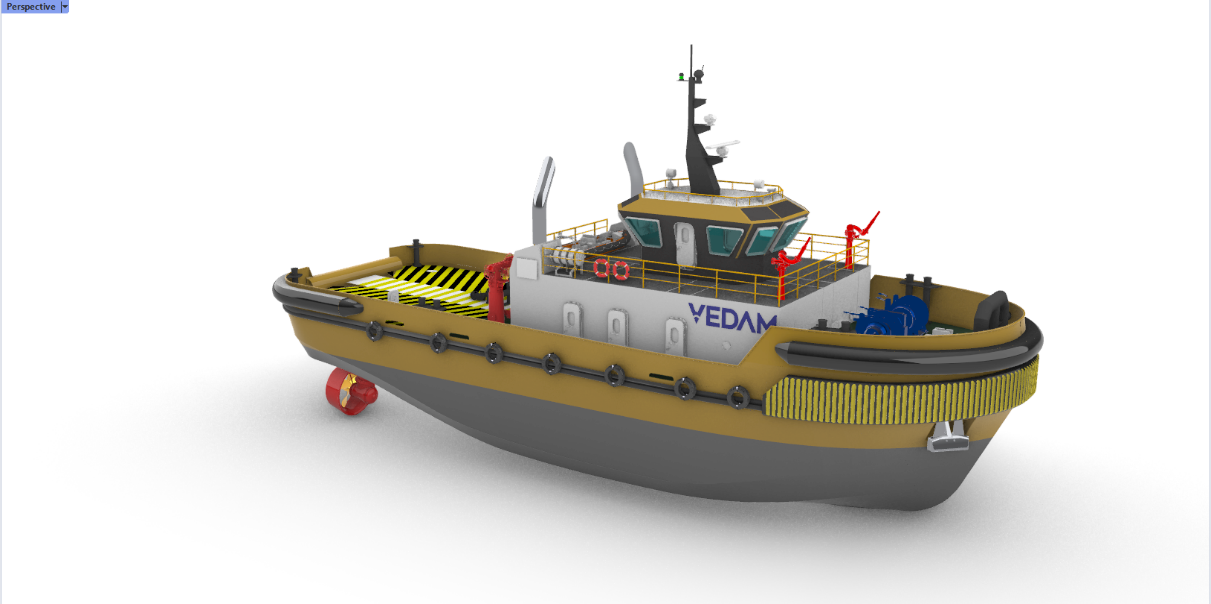
.png)
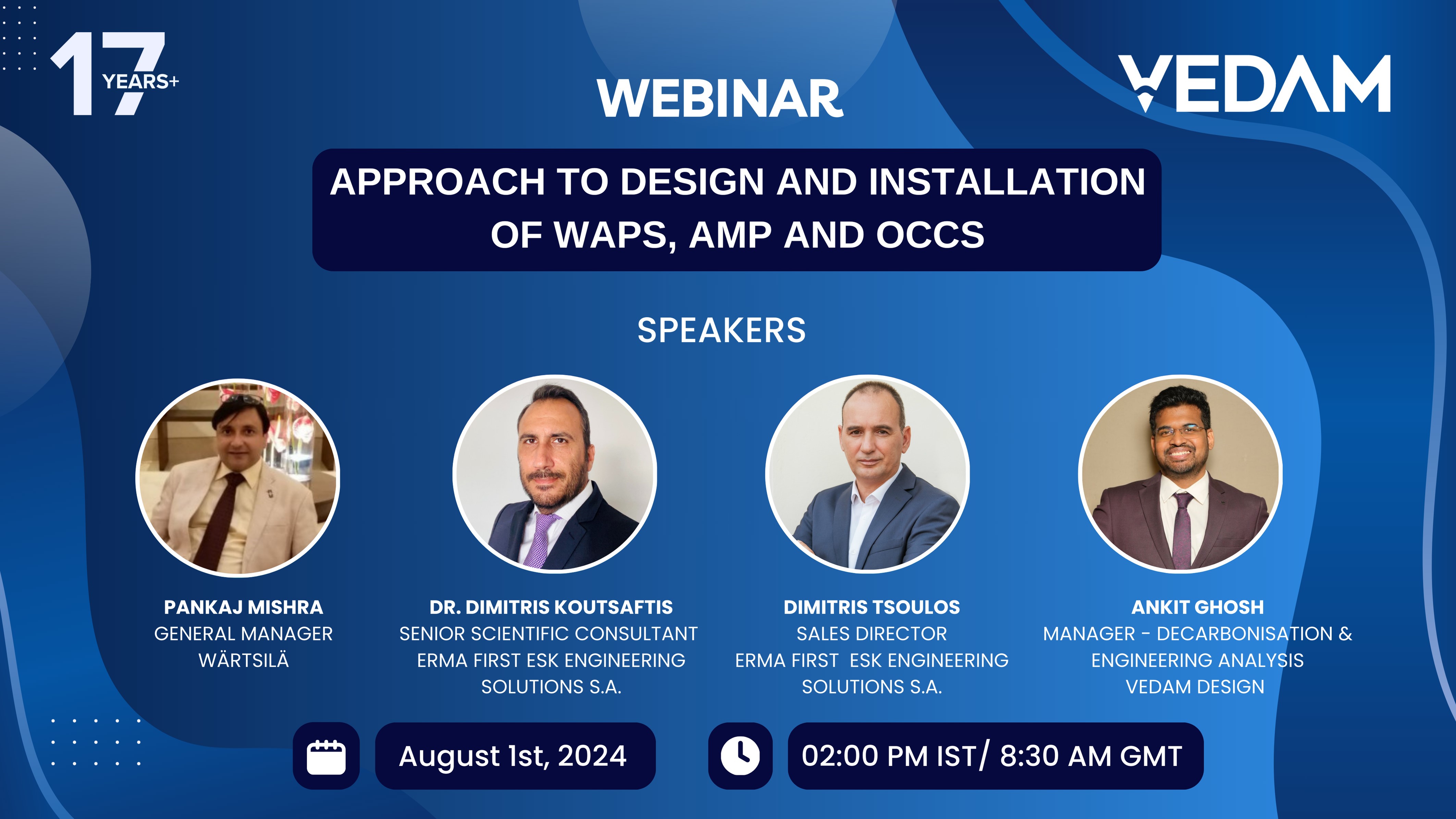
.jpg)
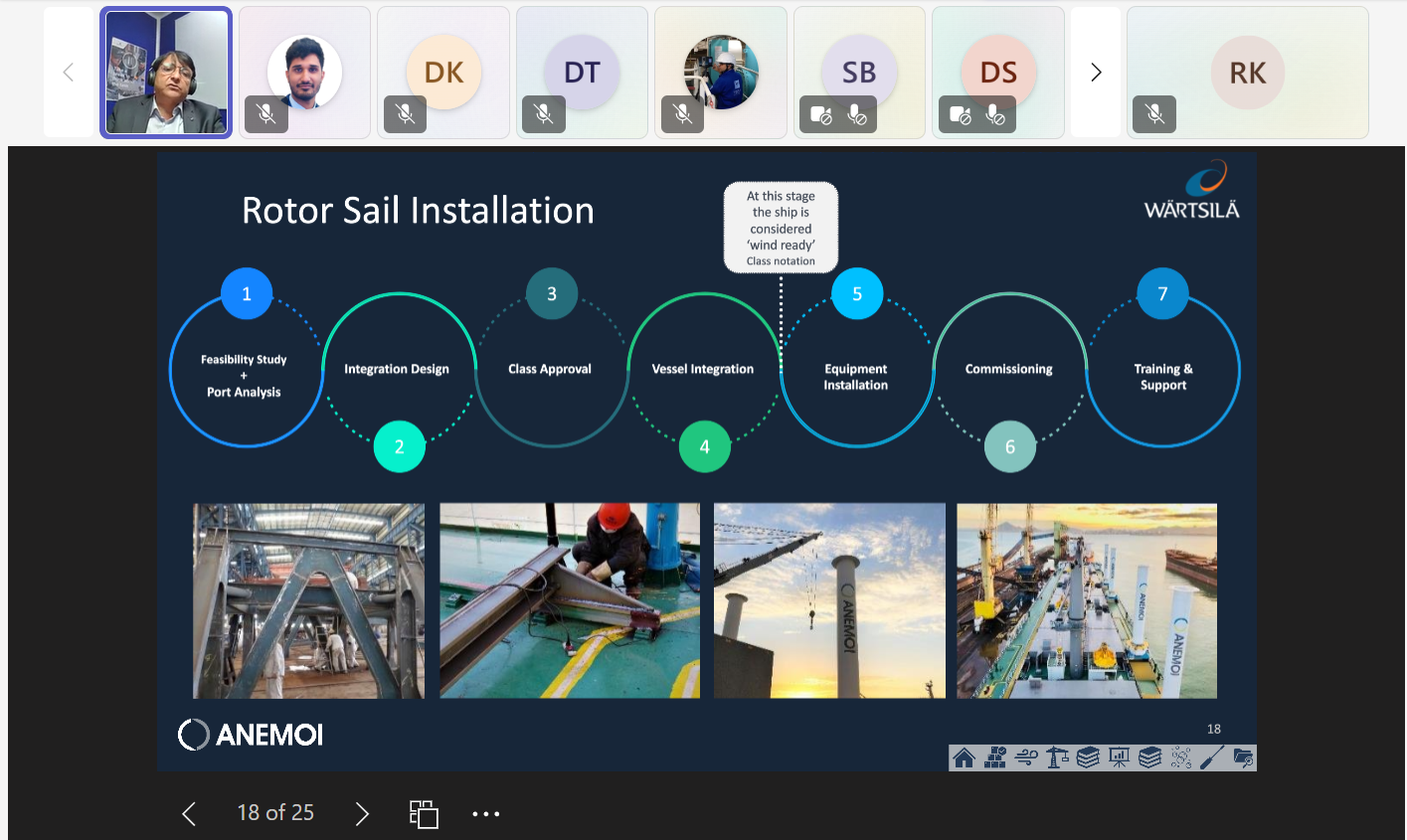
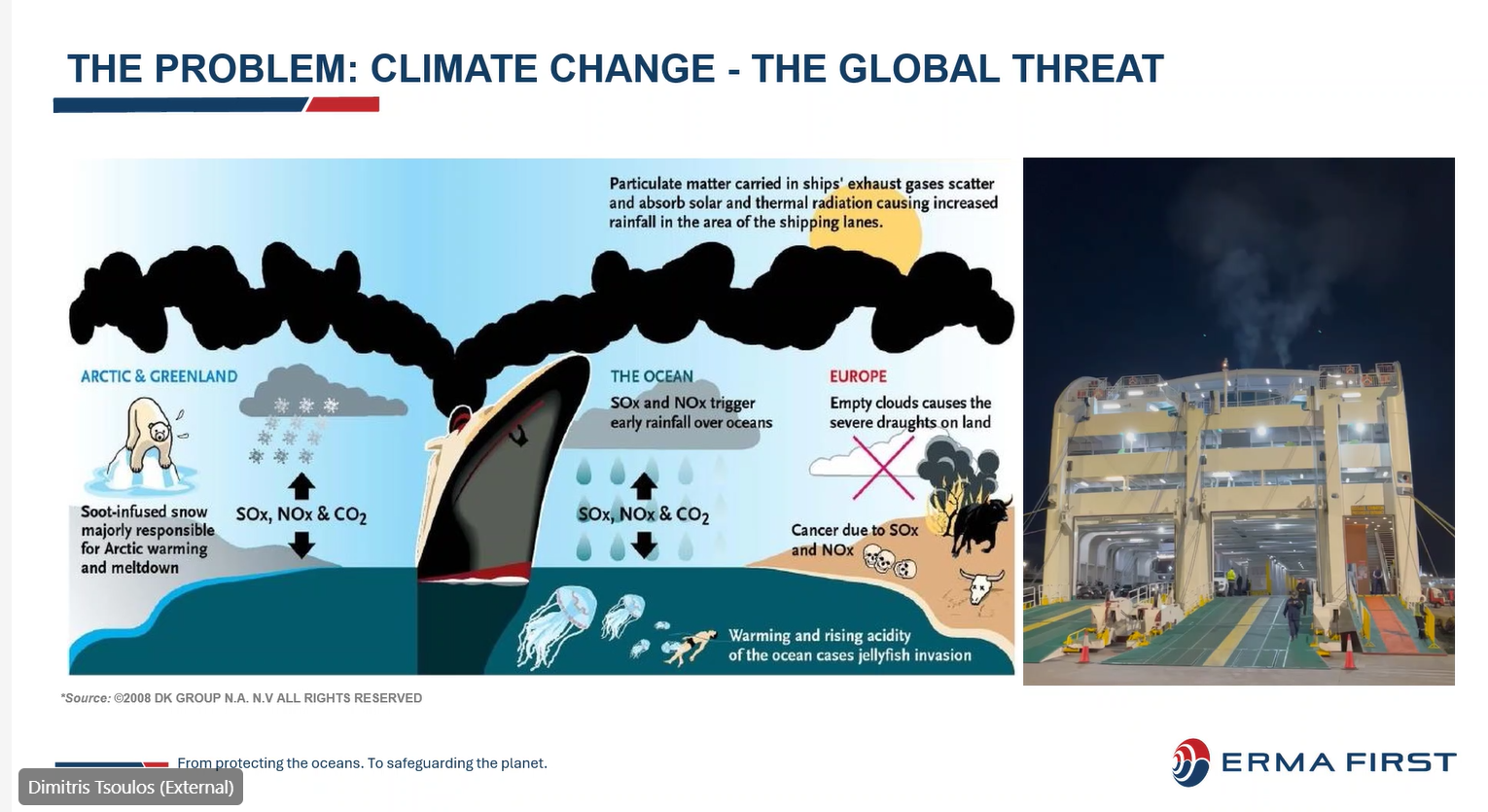

.jpg)
